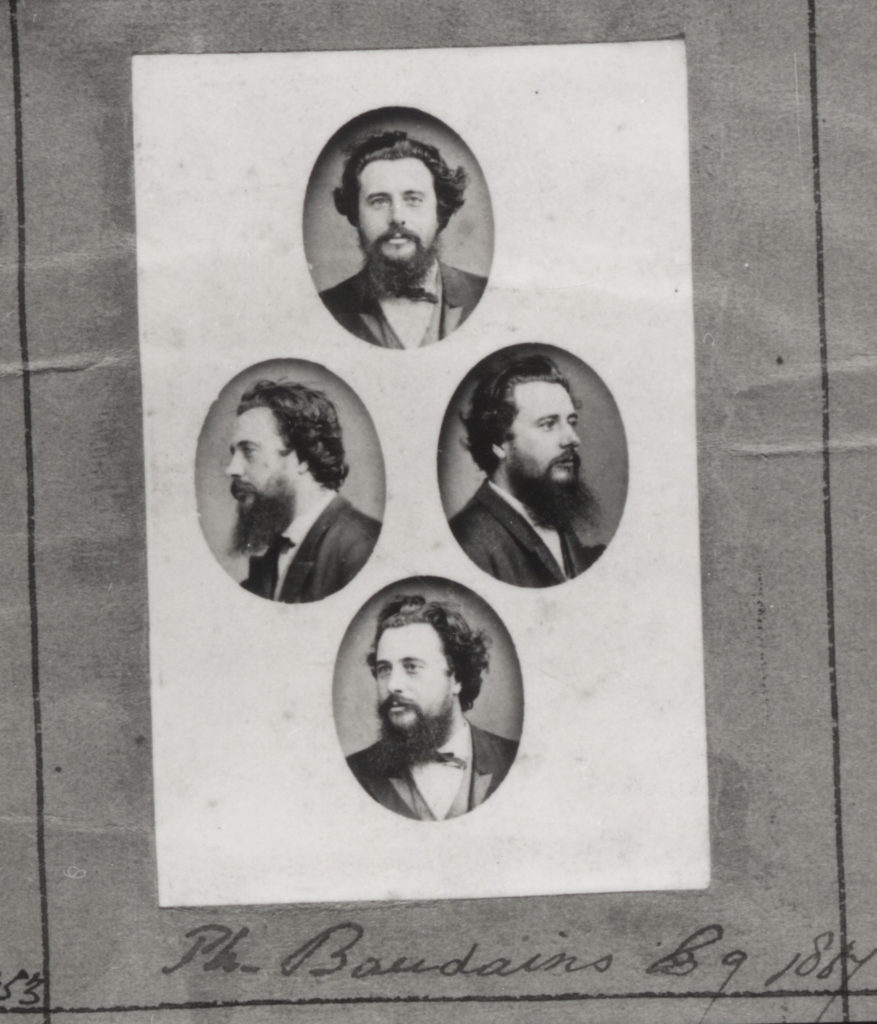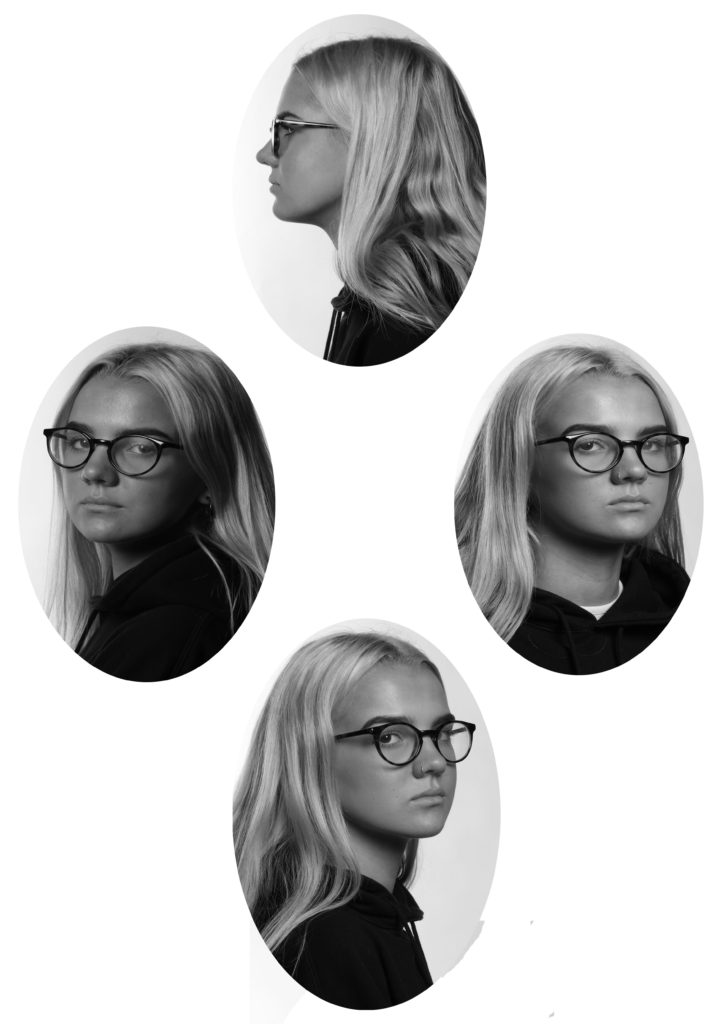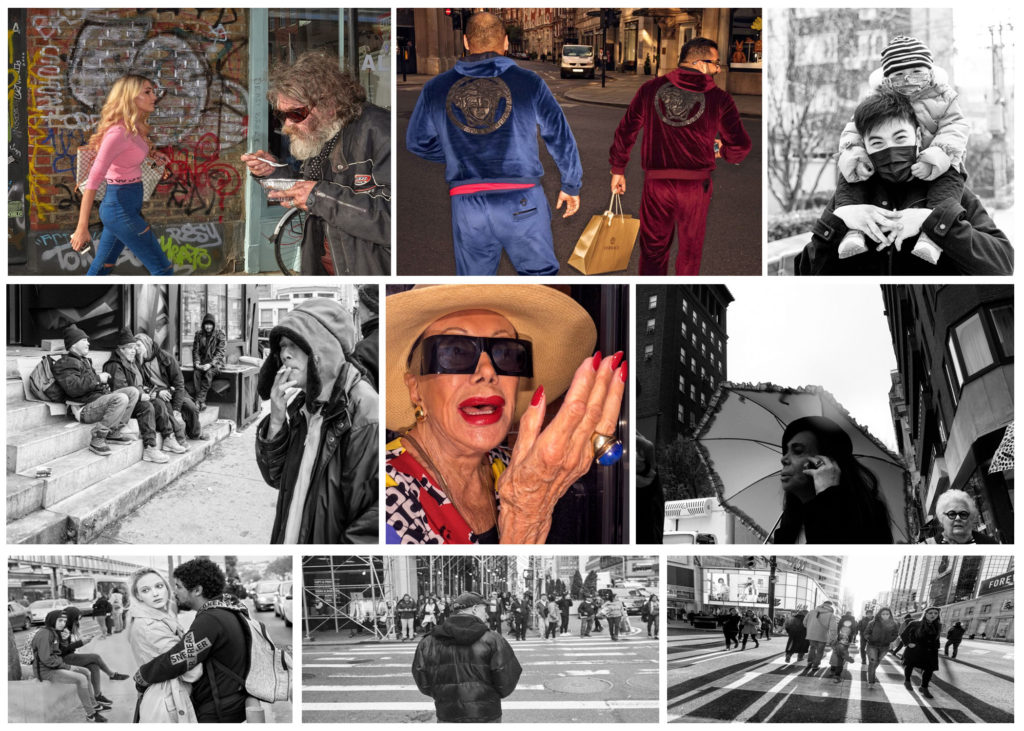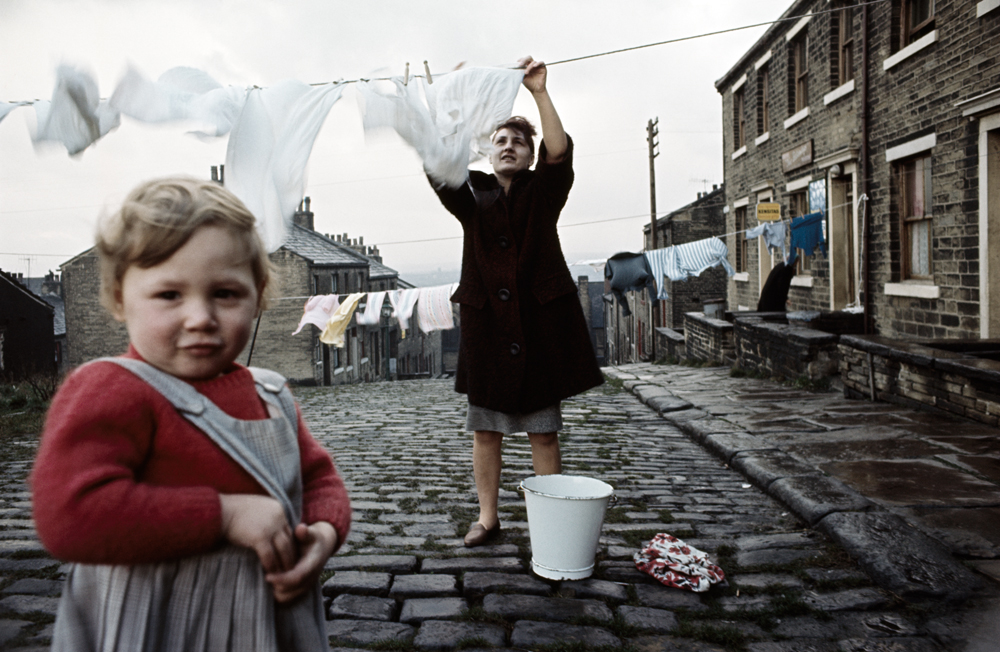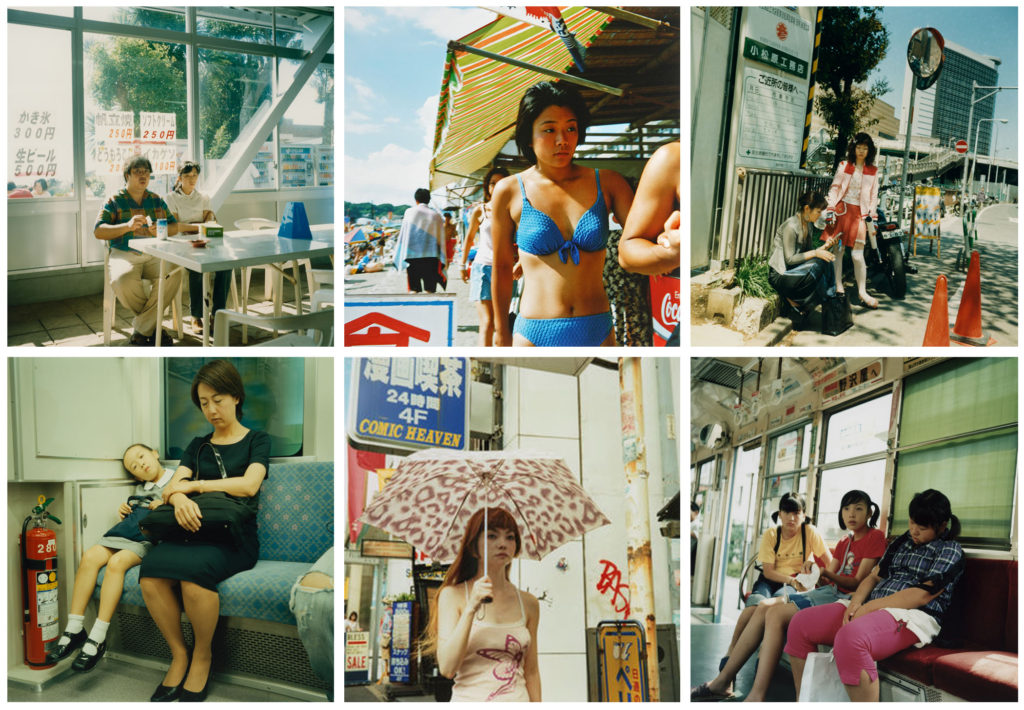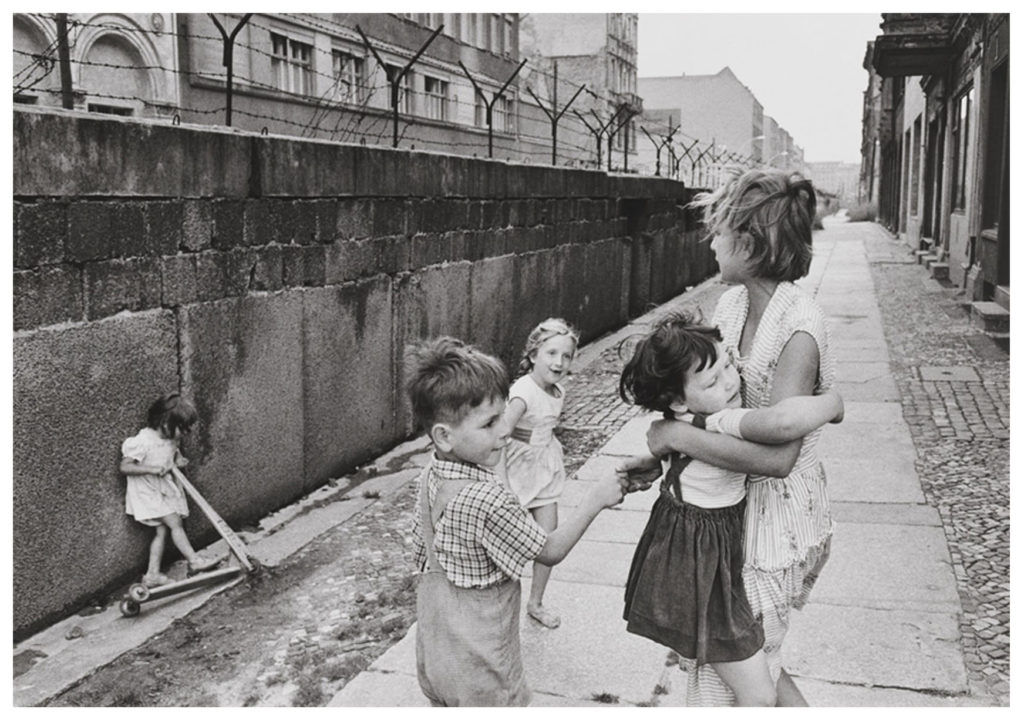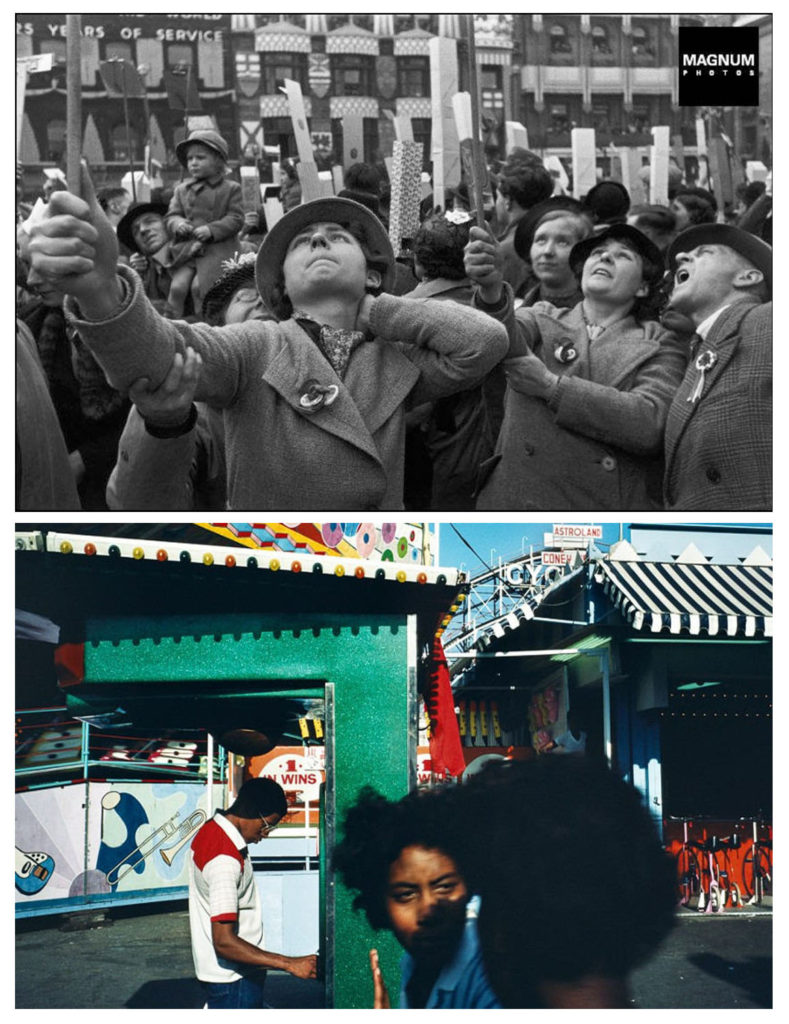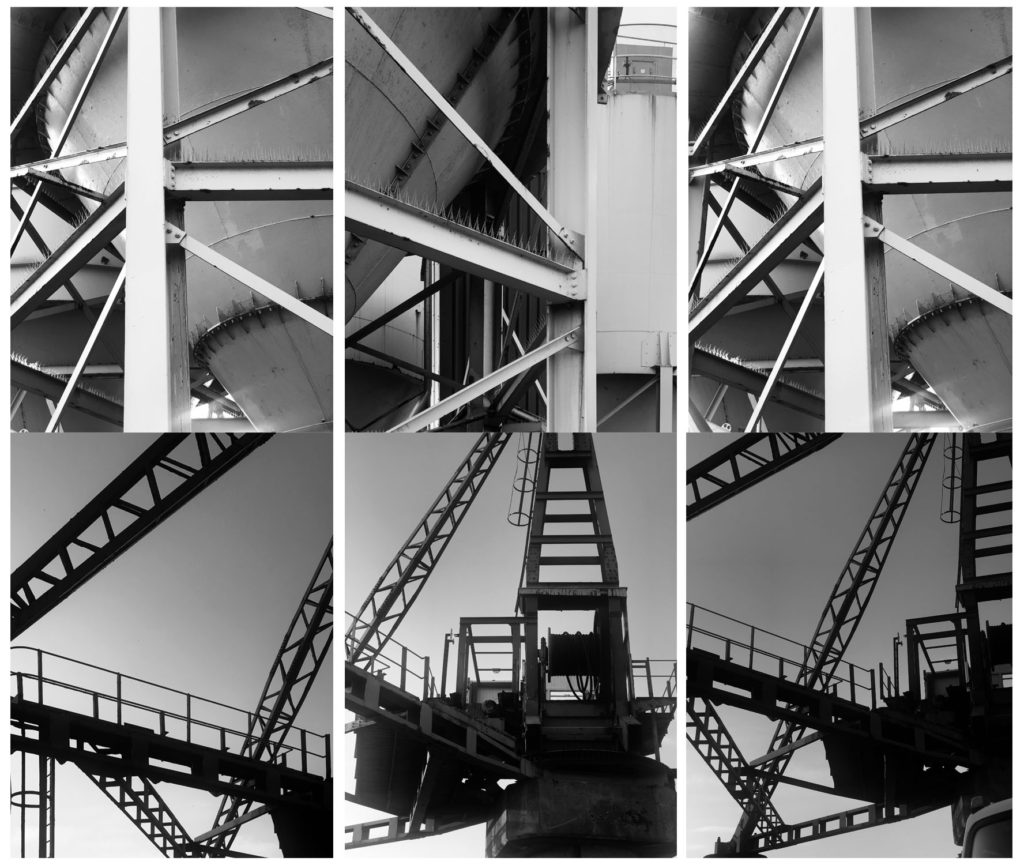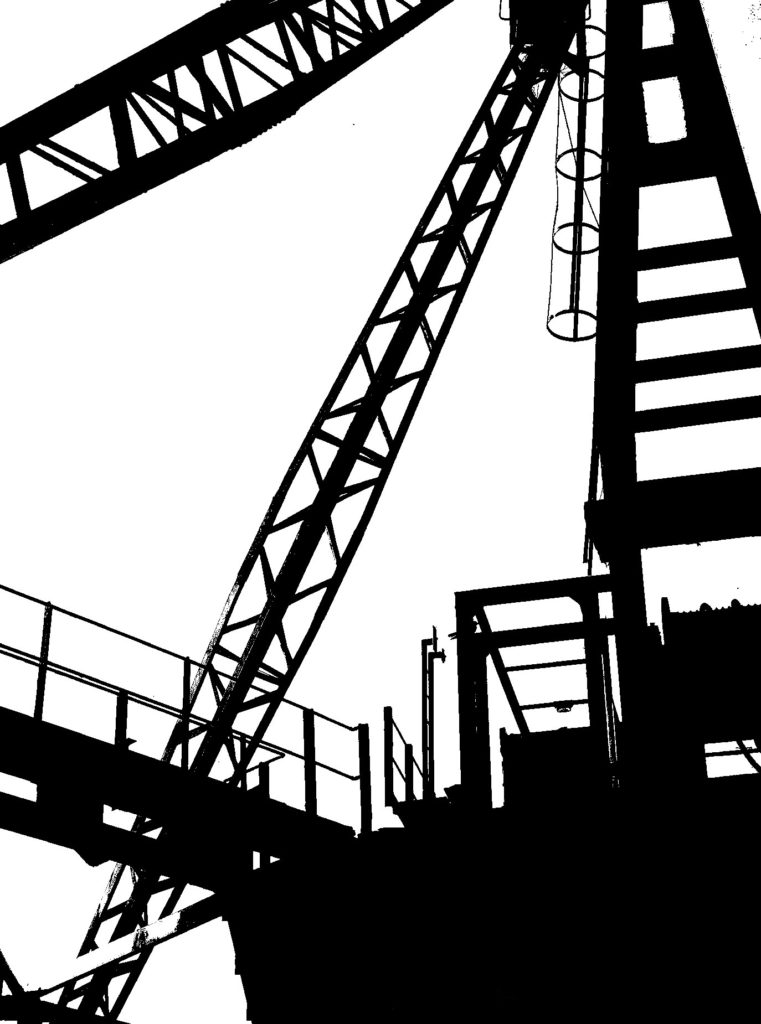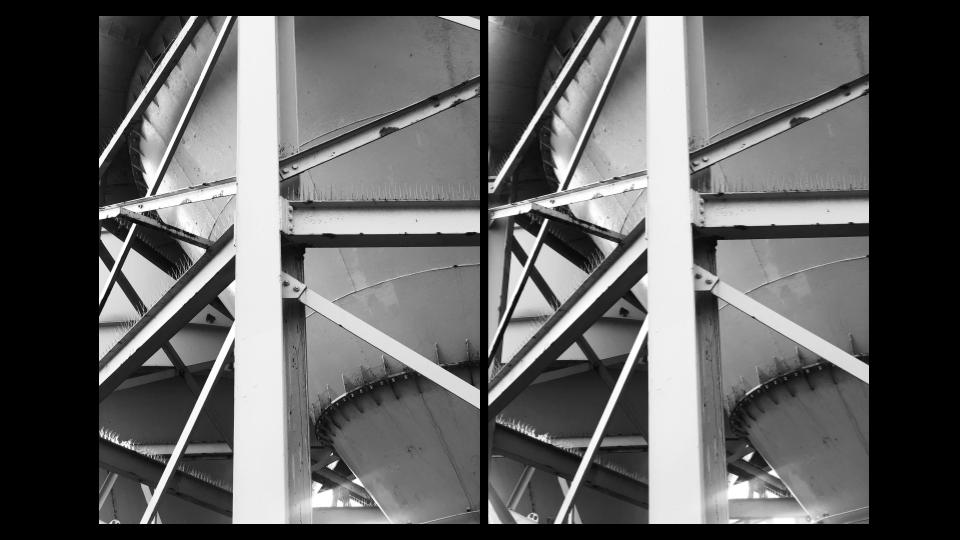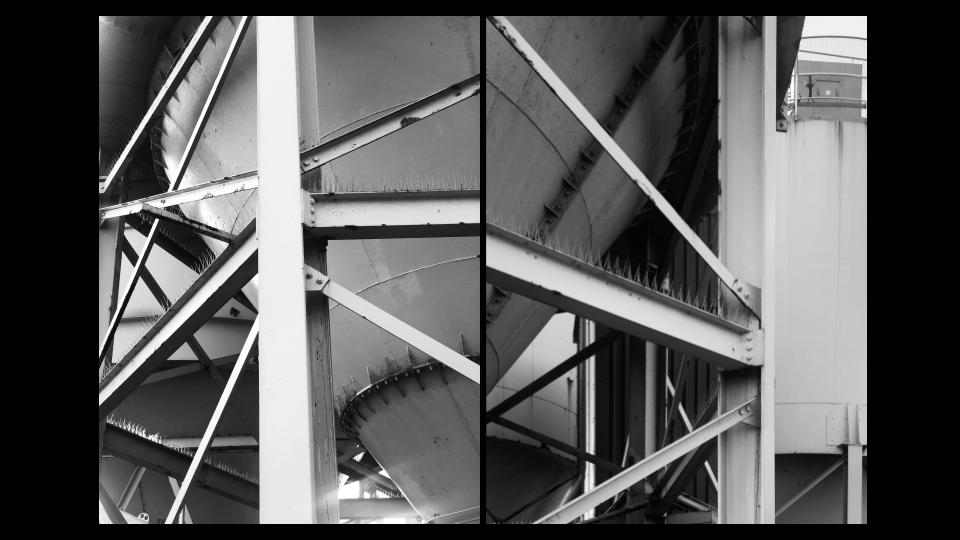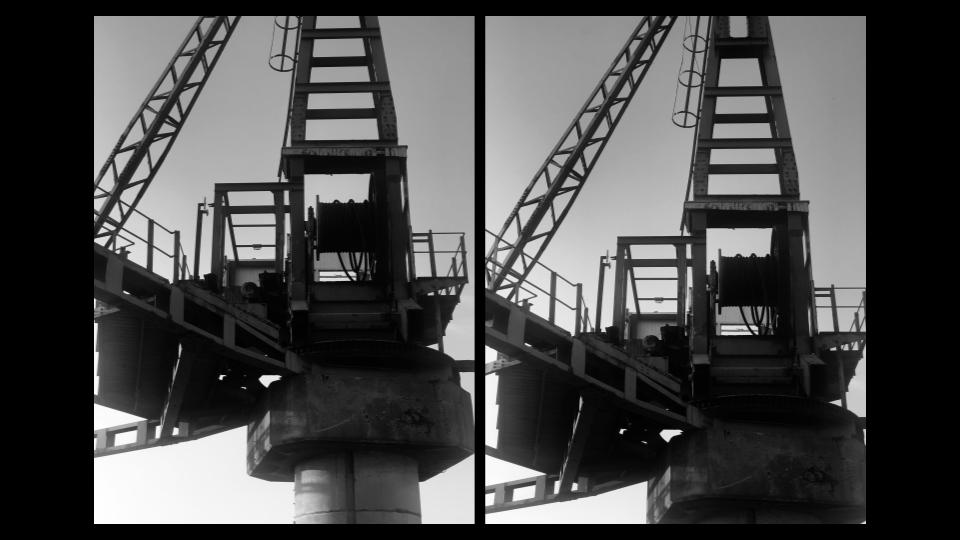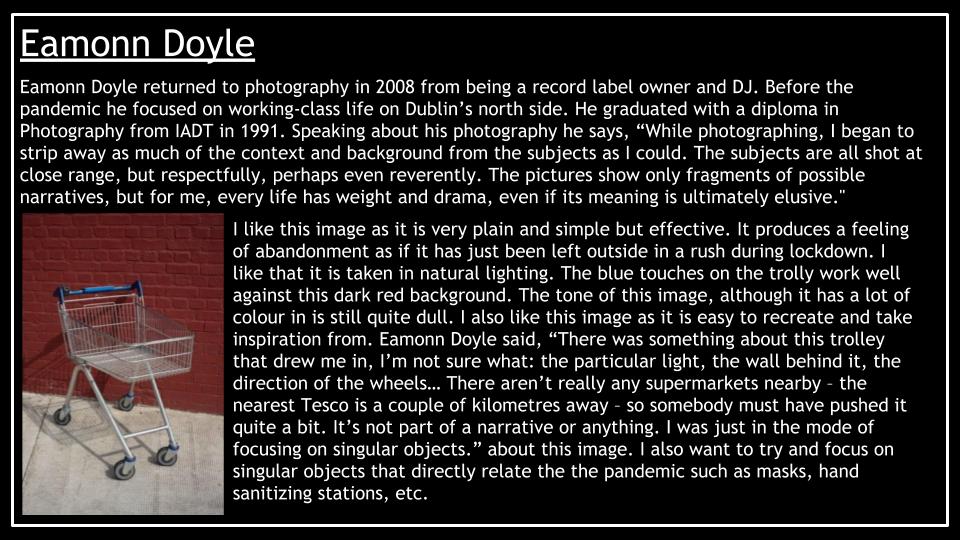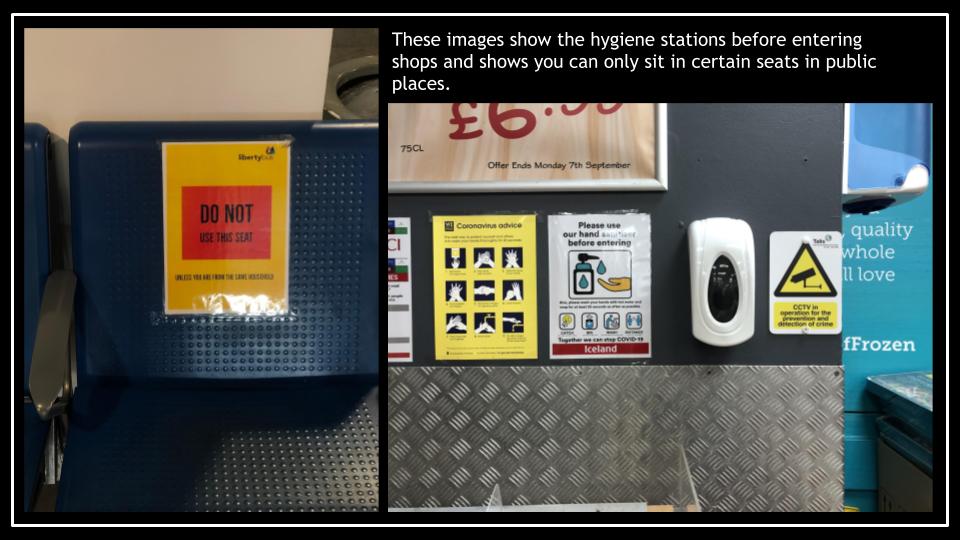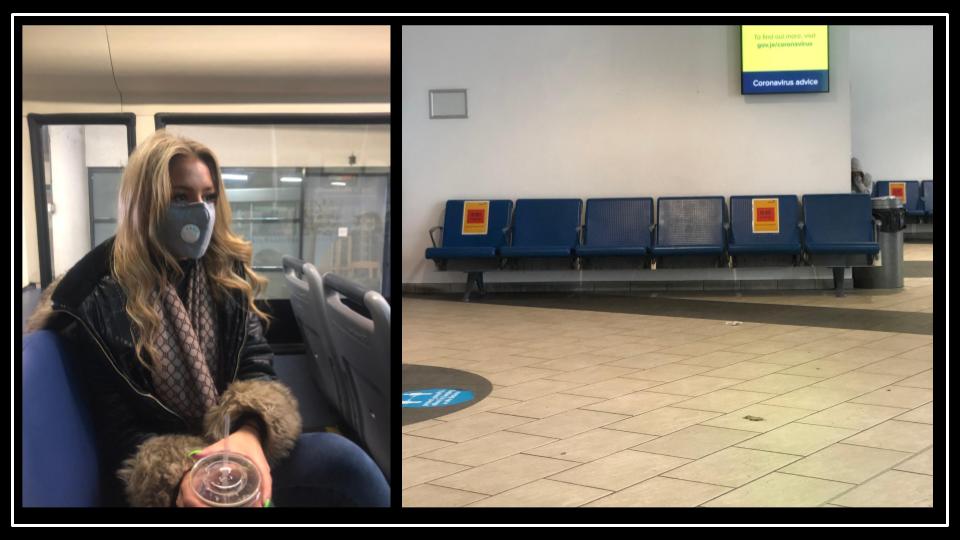The definition of identity is who you are, the way you think about yourself, the way you are viewed by the world and the characteristics that define you. An example of identity is a person’s name . An example of identity are the traditional characteristics of an American. Identity has two important features: continuity and contrast. Continuity means that people can count on you to be the same person tomorrow as you are today. Obviously, people change but many important aspects of social identity remain relatively stable such as gender, surname, language and ethnicity. Your identity can be influenced by “place”, such as where you grew up. It is much easier to understand an individuals identity when you realize everyone is a product of their environment, that is why I think that “place” is the biggest influence that shapes your identity and who you are as a person.
Mood Board

Mind Map

Exploring Identity
Photographers that explore identity: Sam Contis, speaks to the idea of community and the social self. Andrzej Steinbach, Paul Mpagi Sepuya, Sofia Borges and Shilpa Gupta. Photographers that explore identity solely through portraiture: Kandara Enyeasi, Cedric Nzaka, Zarita Zevallos, Ussi’n Yala and Thompson S. Ekong.
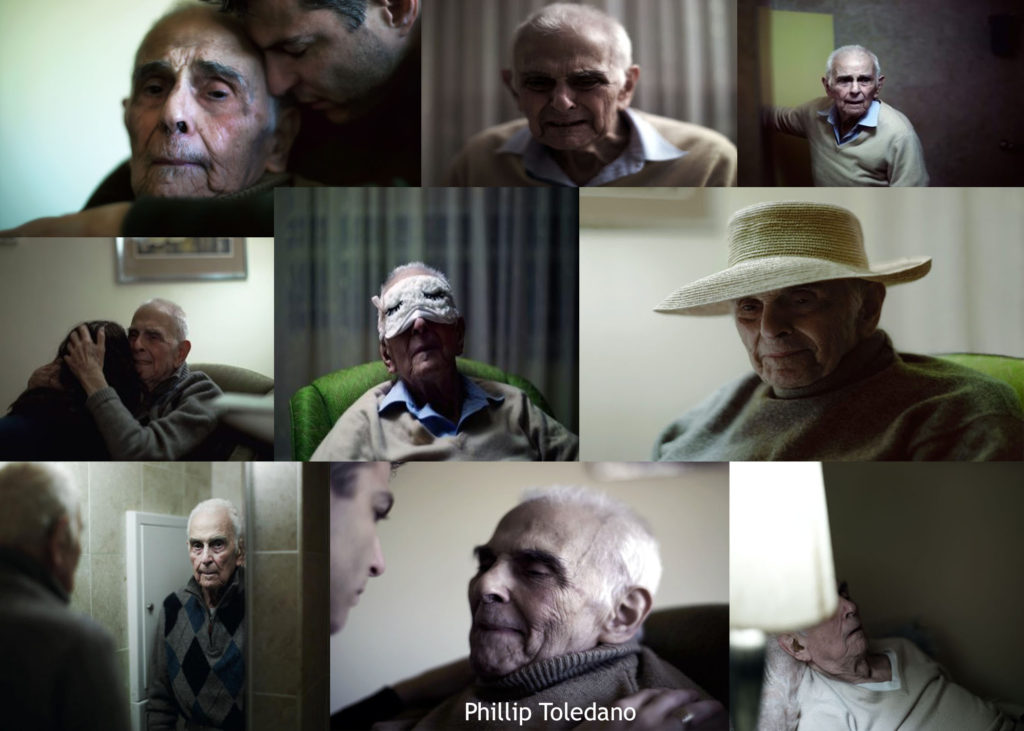
Phillip Toledano’s series ‘Days With My Father’ follows his fathers life after his mother died and how he is coping living without her and dealing with the grief.
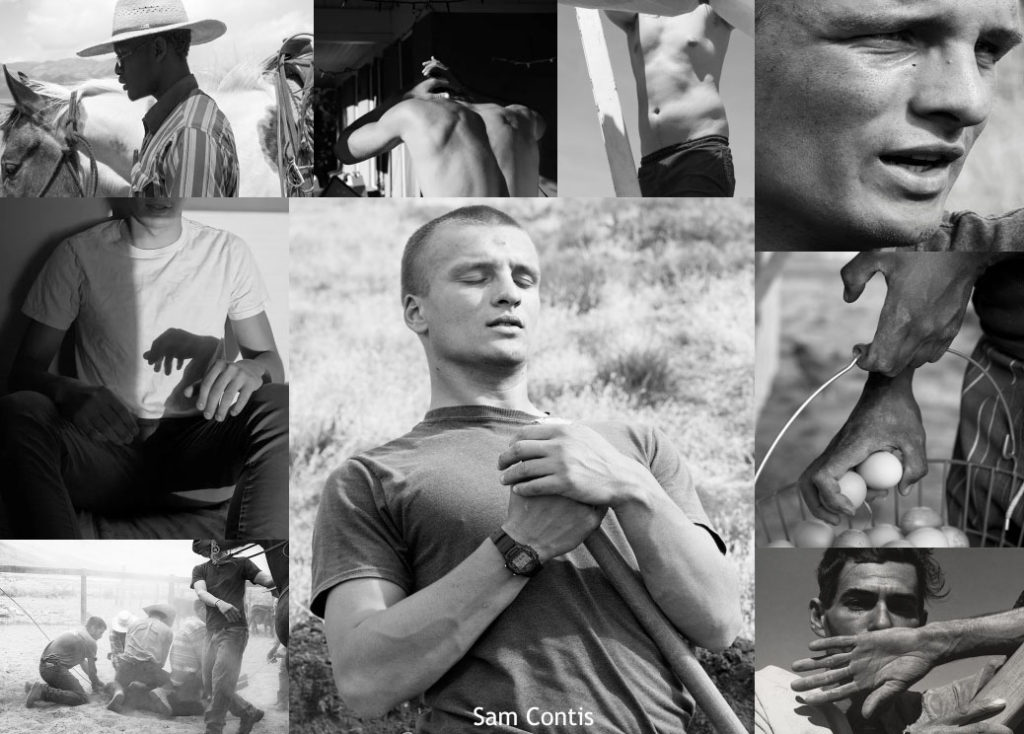
Sam Contis’ series “Deep Springs” speaks to the idea of community and the social self. Contis spent lengthy visits at a traditionally all-male liberal arts college in the high desert of California, a remote backdrop that contrasts starkly with the group mode of collegiate life. “Contis’ subjects are pictured at a moment in their lives – the early college years – that has been typically understood as a time of coming into one’s adult self,” said Gallun. “In this case, such identity-formation is impacted by group social dynamics as well as connection to the characteristic western landscape.”

Zerita Zevallos focuses on the racial aspect of identity with her work. Her work is described as having ‘those unique characteristics of blending the ruthless reality and trauma Black folks go through on a daily basis, while capturing the attention of all gazes towards a narrative far too long ignored’. Her visual composition is simplistic but powerful and elegant, all while using a model presenting a physique long rejected by Western social standards of beauty. I believe that her work, subject and concepts are elegant and so timelessly impactful.



